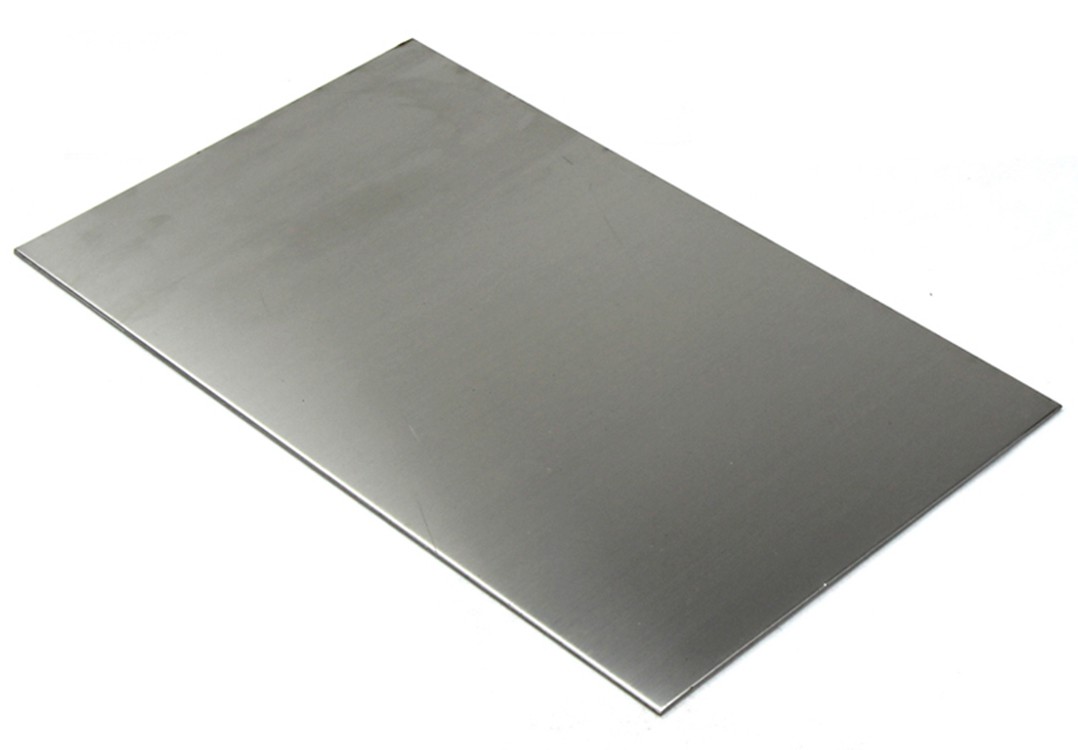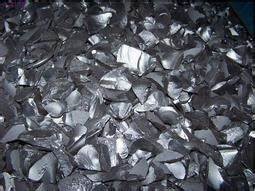Accelerate your product development cycle with sheet metal prototypes and production parts faster than ever. Get expedited sheet metal parts in as fast as 1 day and custom flat and formed sheet metal components in our standard 3-day lead time.
Accelerate your product development cycle with sheet metal prototypes and production parts faster than ever. Get expedited sheet metal parts in as fast as 1 day and custom flat and formed sheet metal components in our standard 3-day lead time.
Customized according to the drawing, not limited to industry. AARS Smart Tech. has been focusing on sheet metal processing of non-standard precision structural parts for 10 more years.
There are many optional materials: cold rolled sheet (SPCC), hot rolled sheet (SHCC), galvanized sheet (SECC, SGCC), copper (CU), brass, red copper, beryllium copper, aluminum sheet (6061, 5052, 1010 , 1060, 6063, duralumin, etc.)
The workpiece structure is stable, no bending deformation, regardless of sheet metal size.
Professional team of engineers will provide technical guidance for your customization.

Bending is one of the most common sheet metal fabrication methods. The sheet metal is bent into the desired shape by means of a bending machine. When bending, due to certain rebound, the bending angle of the metal is slightly larger than the required angle.

Stamping is one of the common sheet metal processing methods. It is an automated and efficient production method to process the metal plate through a die to form holes, bosses, ribs and other structures on the metal plate.

Laser cutting is a precision machining method which cuts the material by a high power density laser beam. The material is quickly heated to the vaporization temperature, and evaporates to form a hole. As the beam moves to the material, the hole continuously forms a narrow slit to complete the cutting of the material.
Referred to as SPCC, it is widely used and is one of the most common sheet metal processing materials. Cold-rolled sheet is low cost, easy to form, but easy to rust.

Also known as SECC/SGCC, it is one of the common sheet metal processing materials. It is corrosion-resistant, easy to form, and has a long service life, but the cost is high.

Beryllium copper plate is an elastic material with strong electrical conductivity, it is resistant to fatigue and has a long service life, and is suitable for making high-demand parts.

Stainless steel is most suitable for food-related machines. Due to its high strength, thickness requirements can be reduced in design; stainless steel plates are difficult to manufacture and are easy to warp during welding.

Aluminum alloy is a lightweight material. In the natural state, an oxide film is formed on the surface to prevent corrosion. Aluminum alloy plates are widely used in automobiles, industry, new energy and other fields.

Copper plates have good electrical and thermal conductivity, corrosion resistance and processability, which make them natural choices for wiring, motors and other electrical applications.

Brass is an alloy of copper and zinc. It has good mechanical properties and is often used in elastic components, hardware and decoration materials.

Si is an alloy of copper and zinc. It has good mechanical properties and is often used in elastic components, hardware and decoration materials.

Direct metal laser sintering (DMLS) is an industrial metal 3D printing process that builds fully functional metal prototypes and production parts in 7 days or less. A range of metals produce final parts that can be used for end-use applications.
